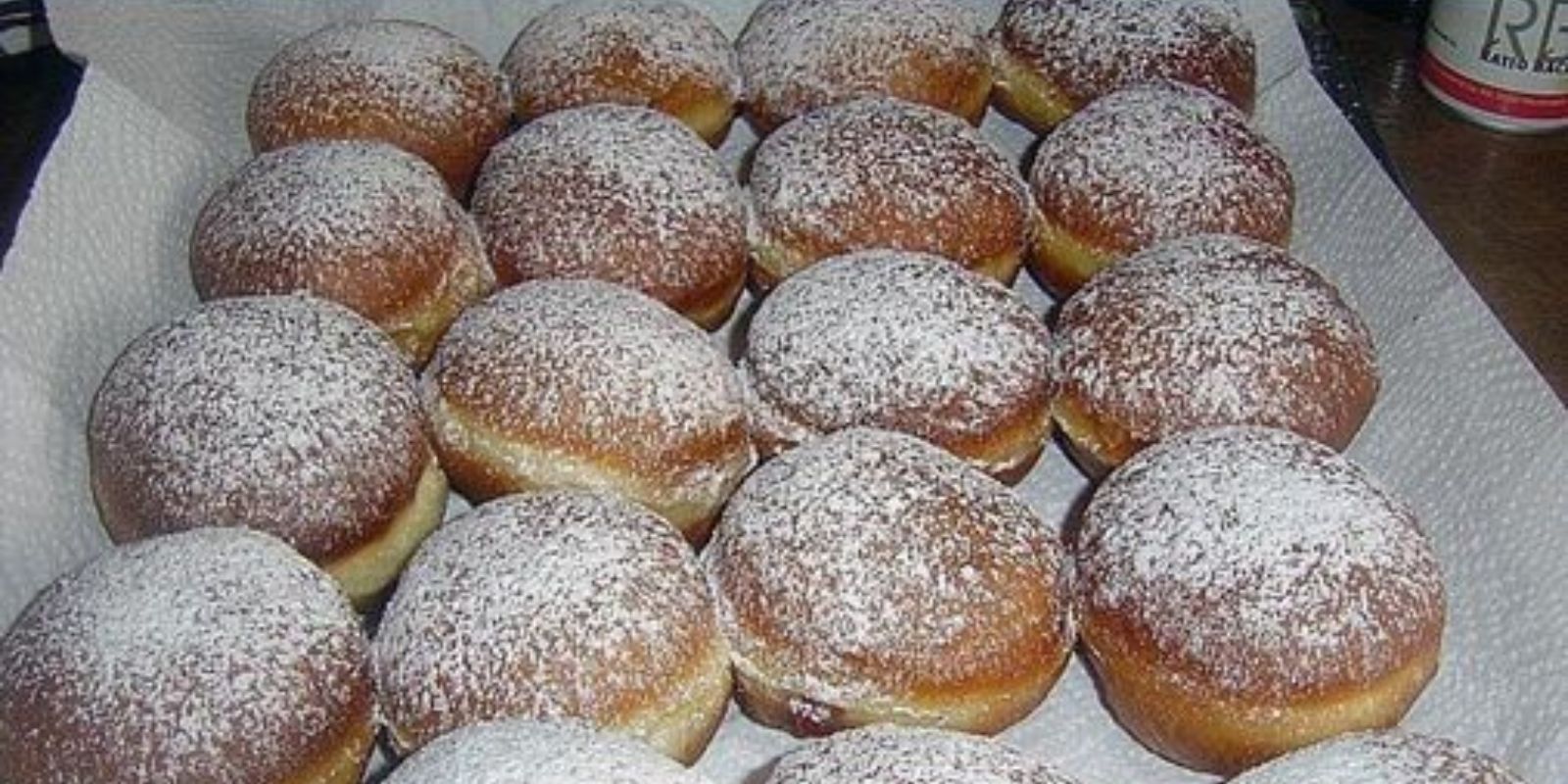Fasching, also known as Karneval or Fastnacht, is a lively and festive season celebrated in Germany and many other parts of the world. One of the most cherished traditions during this time is the indulgence in Faschingskrapfen, delectable and fluffy German carnival doughnuts that delight the taste buds. In this post, we’ll explore the history of Faschingskrapfen, its cultural significance, and provide you with a step-by-step recipe in German to recreate these mouthwatering treats at home.
History of Faschingskrapfen
Faschingskrapfen has a rich history deeply rooted in German traditions. The word “Krapfen” itself comes from Old High German, and historical references date back to the 13th century. Originally associated with Shrovetide, the days leading up to Lent, these doughnuts were a way for people to indulge in rich, fatty foods before the fasting period began. Over the centuries, the tradition of making and enjoying Krapfen evolved, especially during the festive season of Fasching.
Cultural Significance
Faschingskrapfen holds a special place in German culture, symbolizing the joy and merriment associated with the Fasching celebrations. During this time, streets are adorned with colorful decorations, and people come together to participate in parades, masquerade balls, and various festivities. The making and sharing of Faschingskrapfen is a cherished tradition that brings families and communities together. These delectable doughnuts are not only a culinary delight but also a symbol of togetherness and the spirit of celebration.
Faschingskrapfen Recipe
Now, let’s dive into the delightful world of Faschingskrapfen with a traditional recipe in German. The ingredients and steps are provided below for you to try making these scrumptious treats at home.
Zutaten (Ingredients):
- 500 g Mehl (500 g flour)
- 75 g Zucker (75 g sugar)
- 1 Prise Salz (a pinch of salt)
- 1 Päckchen Trockenhefe (1 packet dry yeast)
- 250 ml lauwarme Milch (250 ml lukewarm milk)
- 2 Eier (2 eggs)
- 50 g Butter (50 g butter, melted)
- Abrieb einer Zitrone (zest of one lemon)
Für die Füllung (For the filling):
- Aprikosenmarmelade (apricot jam)
- Puderzucker (powdered sugar)
Anleitung (Instructions):
- In einer großen Schüssel das Mehl mit Zucker und Salz vermengen (In a large bowl, mix the flour with sugar and salt).
- Die Trockenhefe in lauwarmer Milch auflösen und zur Mehlmischung hinzufügen (Dissolve the dry yeast in lukewarm milk and add it to the flour mixture).
- Die Eier, geschmolzene Butter und den Abrieb einer Zitrone hinzufügen (Add the eggs, melted butter, and lemon zest).
- Den Teig gut kneten, bis er geschmeidig ist, und abgedeckt an einem warmen Ort gehen lassen, bis er sich verdoppelt hat (Knead the dough well until it is smooth, and let it rise covered in a warm place until it doubles in size).
- Den Teig auf einer bemehlten Fläche ausrollen und Kreise ausstechen (Roll out the dough on a floured surface and cut out circles).
- Die Kreise mit einem Teelöffel Aprikosenmarmelade füllen und die Ränder gut verschließen (Fill the circles with a teaspoon of apricot jam and seal the edges well).
- Die gefüllten Krapfen erneut abgedeckt gehen lassen, bis sie aufgegangen sind (Let the filled doughnuts rise again, covered, until they have expanded).
- In heißem Öl goldbraun frittieren und auf einem Küchenpapier abtropfen lassen (Fry in hot oil until golden brown and drain on kitchen paper).
- Mit Puderzucker bestreuen und genießen (Dust with powdered sugar and enjoy).
Conclusion
Faschingskrapfen is not just a delightful treat; it’s a symbol of joy, tradition, and the vibrant spirit of Fasching in Germany. As you indulge in these delectable doughnuts, you’re not just savoring a culinary delight but also participating in a cultural experience that has been cherished for centuries. So, gather your ingredients, follow the recipe, and immerse yourself in the festive world of Faschingskrapfen!

